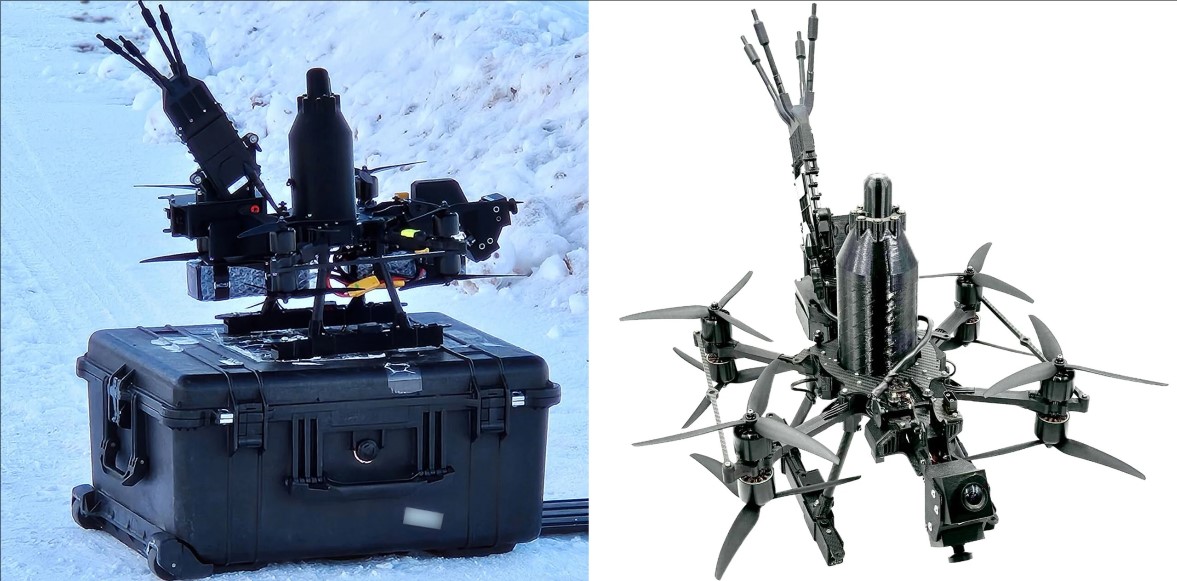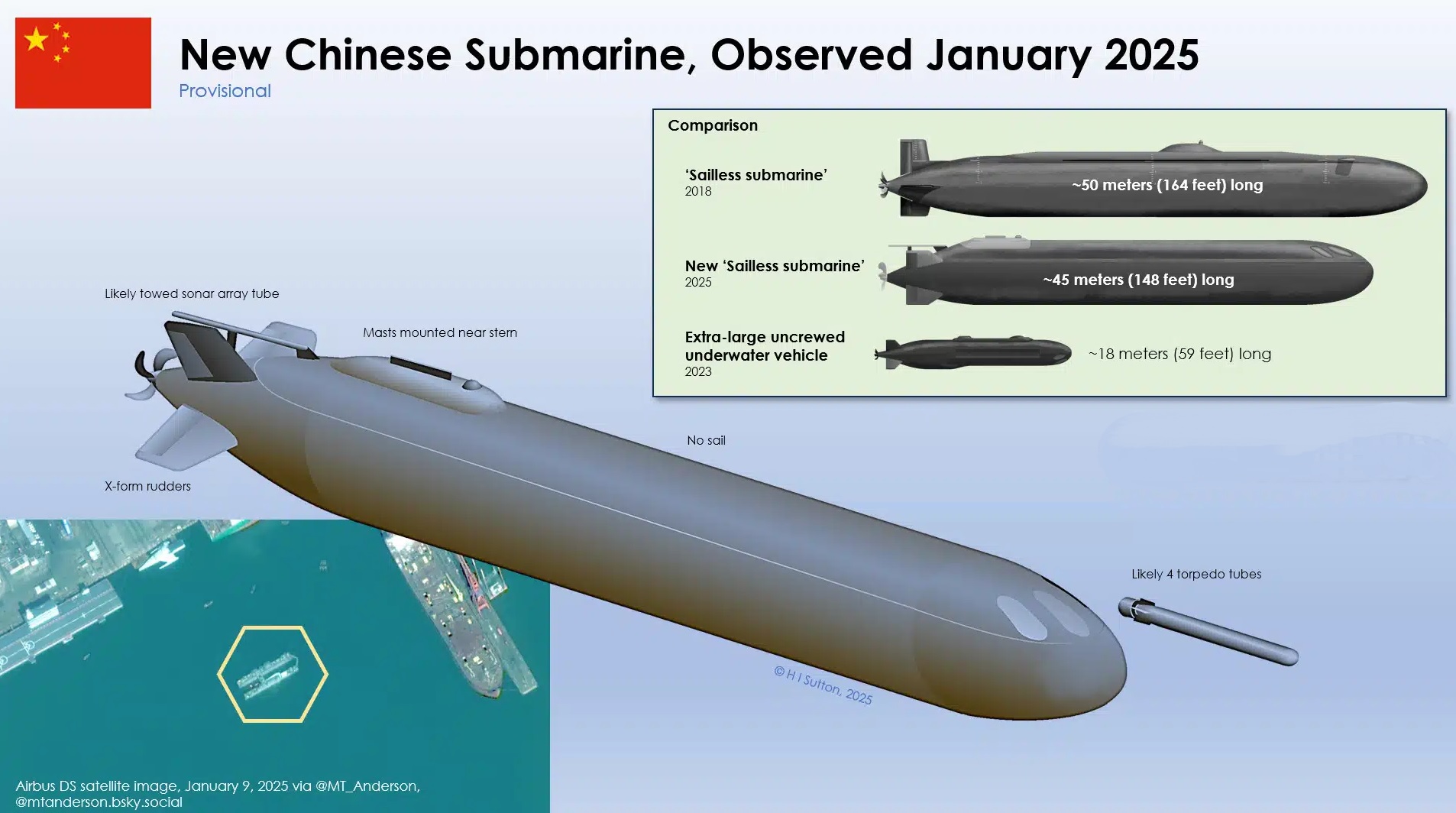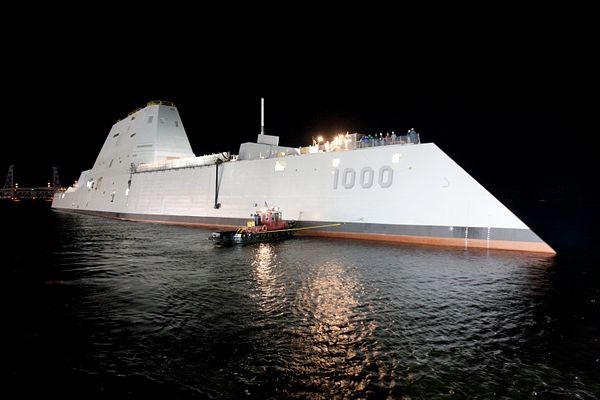NASA Laser Hit an Oreo-Sized Mirror on the Vikram Moon lander from Orbit

Space News , India :- Venturing beyond our planet is a pursuit fraught with unique challenges, challenges faced head-on by the intrepid crew of The Ark, currently available for streaming on Peacock. These spacefarers embark on a remarkable journey spanning 4.2 light-years through the vastness of deep space, steering with unparalleled precision from one celestial destination to the next. Their mission is not just about reaching Proxima Centauri b but anticipating its position upon their arrival.
A parallel narrative unfolds in the realm of real-world space exploration, albeit on a smaller scale. Navigating a spacecraft to its destination and maintaining communication across immense distances demands a level of precision that boggles the mind. NASA's Lunar Reconnaissance Orbiter (LRO) emerges as a standout sharpshooter in our solar system, achieving feats that showcase its extraordinary capabilities.
In a recent demonstration of precision, the LRO directed a laser beam from orbit, striking a reflector the size of an Oreo cookie situated 62 miles away on the Moon's surface. This reflector, affixed to the Indian Space Research Organization's (ISRO) Vikram Moon lander, which touched down in the Moon's southern region on August 23, 2023, became the target of NASA's laser experiment.
On December 12, 2023, NASA issued a command instructing the LRO to employ its altimeter instrument to target Vikram. Typically used for mapping the Moon's surface, this instrument employs five lasers simultaneously, measuring the time it takes for light to reach the surface and return. The constant speed of light facilitates high-detail scans of the Moon's terrain, aiding in navigation for future missions. In this instance, the target was not the lunar surface but a two-inch reflector aboard Vikram.
Upon successful reflection of the laser light, NASA confirmed the experiment's success. Xiaoli Sun, leader of the retroreflector development team on Vikram, expressed optimism about refining the technique for routine use in future missions. The Laser Retroreflector Array, comprising eight quartz-corner-cube prisms within an aluminum dome, showcased its versatility by collecting and bouncing back light from any direction.
This innovation holds promise for future lunar exploration, as astronauts could use retroreflectors to pinpoint markers on the Moon's surface, even in challenging visibility conditions. Despite recent success on the eighth attempt, consistent precision remains the goal, with plans for future tests to identify challenges and enhance performance.
As the journey to the Moon continues, additional retroreflectors are set to be deployed. JAXA's SLIM lander carries one, despite encountering operational issues due to an apparent rough landing. Intuitive Machine's Nova-C lander, scheduled for launch in February, holds another retroreflector, offering hope for enhanced navigation when Artemis III marks humanity's return to the Moon, a significant event since 1972.



